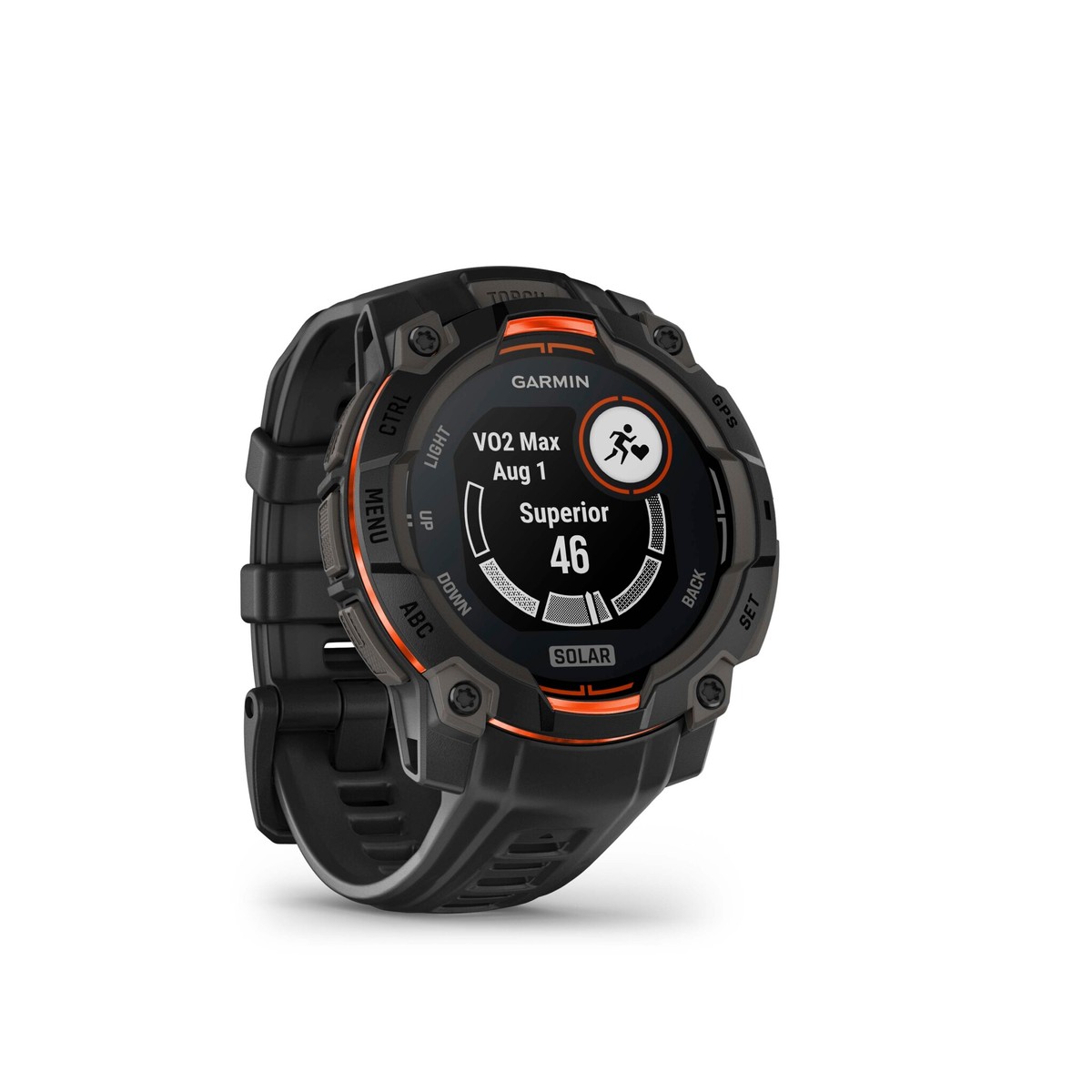What can we expect from GPS Watches in 2025? Well, I have some ideas. Some of which are blatantly obvious and probably more realistic, others that are more optimistic trends or maybe more hopeful predictions.
1. AMOLED All The Things
In 2023 and 2024, we started to see more watch brands gravitate away from Memory In Pixel displays (MIP) and toward AMOLED screens. Apple has long used AMOLED, and Garmin reintroduced the Epix in 2022 with an AMOLED screen. The popularity of such displays has led to transitions across various models from different brands like Polar's Vantage V3 and Suunto's Race series. Despite being brighter and sharper, AMOLED screens are less energy-efficient, often using features like raise-to-wake to mitigate this.
2. Rolling Down of Features By Unifying Software
High-end features are increasingly trickling down to more affordable GPS watches. Brands like Garmin and Polar are incorporating advanced functionalities such as Triathlon modes into their mid-range models like the Forerunner 165. This trend simplifies software management and enhances feature parity across product lines.
3. Diving Computers
Advanced features like dive capabilities, once exclusive to high-end models like the Garmin Fenix series, are becoming more common. Brands like Amazfit are also integrating diving features into their latest models, reflecting a broader adoption across the industry.
4. Microphones, Speakers, and Voice Assistants, Oh My
The integration of microphones and speakers, exemplified by Garmin's Fenix 8, points towards a future where voice assistants on smartwatches play a more significant role. While adoption remains limited, advancements in AI may drive increased functionality and utility for these features in the coming years.
5. Built-in Flashlights
Garmin pioneered the integration of dedicated LED flashlights in their Fenix series, highlighting a practical addition that enhances user convenience. As this feature gains popularity, other brands are likely to follow suit, integrating similar functionalities across their product ranges.
6. GPS Accuracy - Becomes a Non-Issue
Advancements in multi-band GPS and antenna design are poised to eliminate accuracy concerns, even in challenging environments like wooded areas or urban canyons. This improvement represents a significant leap forward in user experience, making GPS watches more reliable across various activities.
7. Improved Health Monitoring
Beyond basic fitness tracking, future GPS watches may offer enhanced health monitoring capabilities. Potential advancements include more accurate stress tracking, deeper insights into sleep patterns, and even innovations like blood glucose monitoring via optical sensors.
8. Micro LED Displays
The introduction of MicroLED displays promises brighter and more energy-efficient screens compared to AMOLED technology. While currently limited to select devices like Apple's Vision Pro, broader adoption could lead to significant improvements in battery life and display quality.
9. Enhanced AI Coaching
Expectations for AI-powered coaching features are growing, with potential applications ranging from real-time performance analysis to personalized training plans. Integrated AI coaches could provide actionable insights and guidance, enhancing the overall training experience.
10. Advanced Biometric Authentication
Future GPS watches may feature advanced biometric authentication methods, such as personal ECG patterns or vein mapping via optical sensors. These innovations aim to enhance security without compromising user convenience, potentially revolutionizing how users interact with their devices.
So, these are the ten trends I anticipate for GPS watches in 2025. While some are ambitious and may require regulatory approvals, they reflect the ongoing evolution of wearable technology.
What are your thoughts on these predictions? What features are you hoping to see in 2025? Share your thoughts in the comments below!
